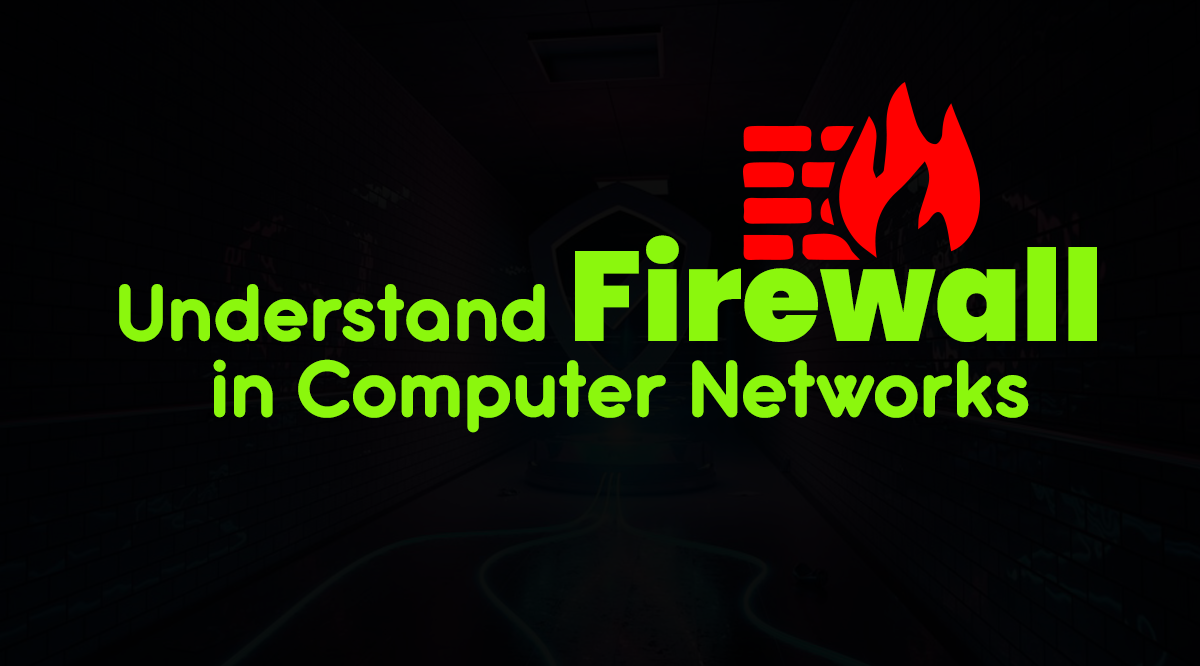What is Firewall in Networking? – Ingenious Guide Stating the Need

In today’s world, the internet becomes an integral part of an individual life. But, the benefits come along with the dangerous risk associated with the internet world. This is why, today’s topic is “what is firewall in networking?”
Hence, it is important to primarily secure the network from potential threats.
The major challenge people face when tries to safeguard the data is to find the right security tool. One of the common network security tool is – Firewall. Its sole aim is to reduce the exposure of external network and host, whose target is to harm the data.
Here, a comprehensive guide on what is a firewall in networking and why it is necessary is explained. No need to waste any single minute more and learn about Firewall Security.
What is Firewall In Networking? An Overview on Firewall’s System
A firewall is a system engineered to stop the unauthorized access from intruding a private network. It filters the entire traffic that comes from the internet. It accepts, eliminates or blocks the traffic based on the defined set of rules.
Its sole aim is to create a security interface between the private network and the public network. Because the hackers and malicious traffic always try to penetrate the private network to harm their assets.
The firewall is a must-have program for a huge enterprise that comprises multiple systems to operate the data. Majorly, firewall in computer networks avoids these devices from opening to the internet where hackers are waiting to disrupt the network. This is the reason, it is necessary to have a firewall to protect the network.
The following are the major task done by the Firewall program:-
- Defend Resources
- Validate Access
- Manage & Control Network Traffic
- Event Reporting
- Acts as an intermediary
Before Firewall, Access Control Lists (ACLs) perform the network Security that applied on routers. ACLs are the rules that determine whether network access should be granted or denied to specific IP addresses.
After learning what is firewall in networking, learn about the working what the ACLs can’t do.
The major limitation is that ACLs can’t determine the nature of a packet. Moreover, ACL alone cannot keep threats out of the network. This is the reason, Firewall was introduced.
How does a Firewall Work?
Firewall matches the network traffic by a set of rules which are defined in its table. When the rule is matched, then the associated action is applied to the network traffic. Rules defined on the firewall are based on the necessity and security policies of the organization.
The network traffic can be either outgoing or incoming and Firewall maintains a set of rules for both the cases. Firewall in computer network majorly works with the outgoing traffic which is originated from the server itself allowed passing. Still, there are rules on outgoing traffic because it is better to achieve more security and prevent unwanted communication.
But the incoming traffic is treated differently. Most of the traffic which reaches on the firewall is one of the three major Transport layer protocols- TCP, UDP or ICMP. All the types have a source address and destination address. TCP and UDP have a port number and ICMP uses type code instead of port number which identifies the purpose of the packet.
Find Out About What is Firewall in Networking & Filtering Methods
There are different types of firewall techniques that prevent dangerous and harmful information to reach up to the private network.
- Packet Filter: Examine the packet entering or leaving the network and accepts or rejects the traffic based on a predefined set of filter rules.
- Application Gateway: Security methods that are applied to certain applications such as File Transfer Protocol and Telnet Servers.
- Circuit- Level Gateway: Circuit-level gateway applies security mechanism when a Transmission Control Protocol connection is established and packet start to move.
- Proxy Server: Firewall in computer networks provide a proxy server which inspects all the messages entering and leaving the network. It effectively hides the true network address.
- Dynamic Packet Filter: This method not just compares the header information but also the packet’s most important inbound and outbound data parts. Afterward, compared to the trusted information database for the characteristic matches. This will determine whether the information is authorized to cross the firewall.
Two Main Types of Firewall
- Host-Based Firewall:–
This kind of firewall in networking exclusively protect the computer where it is installed. It is a software application or a suite of applications that come as a part of the operating system. A hosted firewall is needed because network firewalls cannot protect a trusted network. It protects the host from attacks and unauthorized access.
- Network-Based Firewall:–
It is a combination of hardware & software and it operates at a network layer. It is placed between the private network and the public internet. But unlike a host-based firewall that only protects the computer where it is applied. The Network-based firewall protects the entire network using the management rules that are applied to the entire network. So that any harmful activity can be stopped before it reaches to the computers.
Summing Up!!
This is all about the overview of what is Firewall in networking. In protecting private information, a firewall is considered the first line of defense. In Windows and MacOS, firewalls are built in the operating system itself. To get strong firewall network protection, take the NetForChoice Firewall Service and build a strong network.
Submit Your Query

